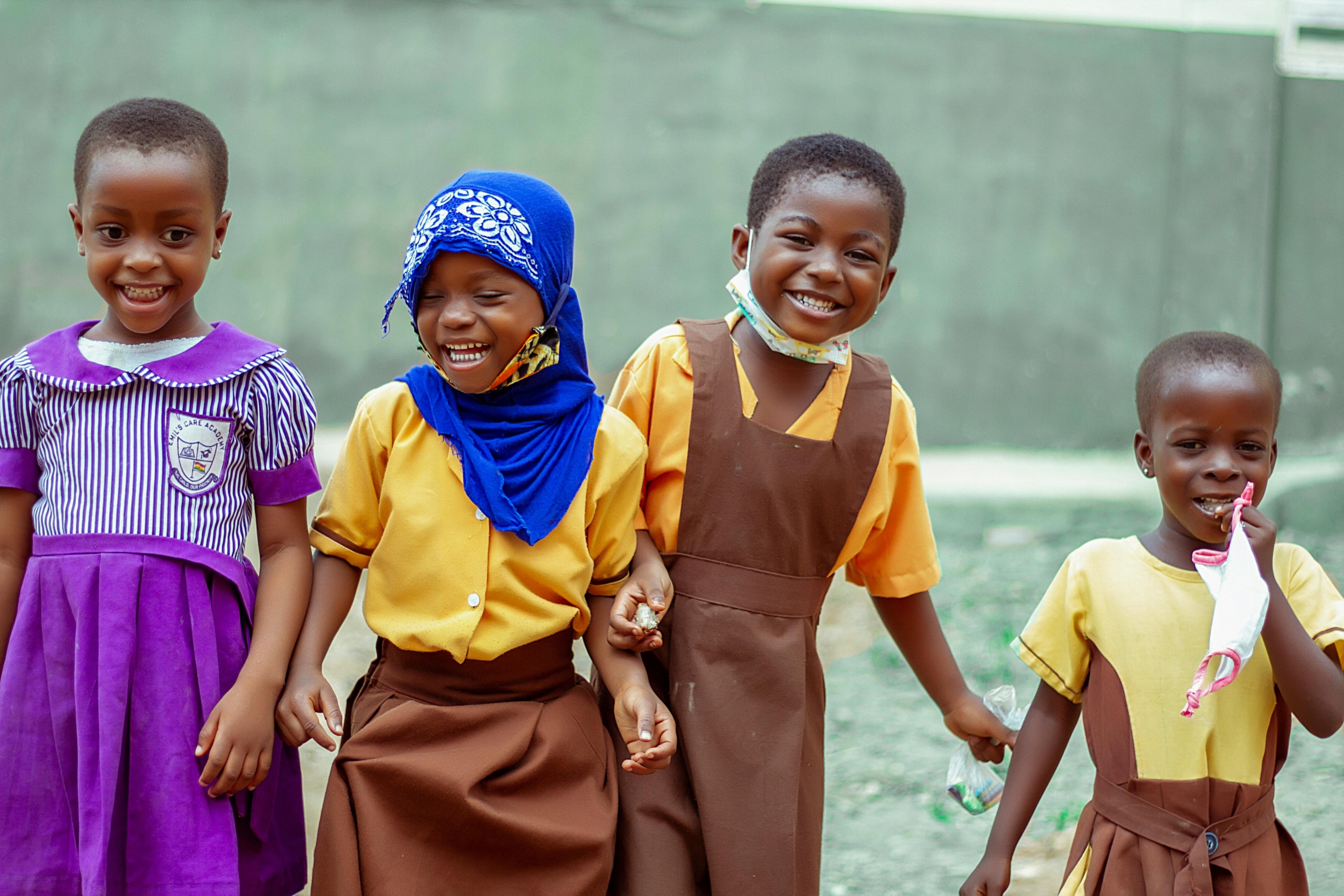Vietnam’s economy is steadily growing, with remarkable development following decades of economic reform and strategic investments. Once an underdeveloped nation, Vietnam has significantly reduced poverty. This economic growth is driven by reforms, industrialization, infrastructure development and improved access to education and health care.
Doi Moi
Vietnam implemented the Doi Moi reforms in 1986, transitioning from a strictly communist economy toward a more open market with socialist influences. Before these reforms, the country was considered “underdeveloped.” The Doi Moi reforms modernized Vietnam’s trade economy, setting the foundation for its subsequent economic boom.
Industrialization and Infrastructure Development
Industrialization in Vietnam began in the early ’90s and continues today, driving economic development as the country transitions from a primarily agricultural economy to a more diversified and advanced industrialized one. Vietnam now manufactures products such as cars, electronics and textiles. Between 2020 and now, the country’s manufacturing, construction, services and industrial sectors grew from 81.1% to 85.2%.
Investment in public infrastructure has been one of the fundamental driving forces behind Vietnam’s economic development in recent decades. The country has mainly focused on roads, airports and seaports. Private and public investment in infrastructure has accounted for as much as 5.7% of the gross domestic product (GDP) in recent years. This is the second highest in all of Asia, following China.
Better Access to Education
Since gaining independence in 1945, Vietnam has prioritized education and reduced illiteracy rates. Today, the country places even greater emphasis on improving education. In 2002, the government allocated 3.9% of its GDP to education, which increased to 6.3% by 2014. Vietnam has enhanced access to education by ensuring universal preschool education through public spending and engaging communities and the private sector. The country has also improved learning outcomes, with Vietnamese students outperforming the average students in Organisation for Economic Cooperation and Development (OECD) countries.
In 2012, Vietnamese youth ranked 8th in science, 17th in mathematics and 19th in reading out of 65 countries. The Vietnamese government also prioritizes equity in education, contributing to these high learning outcomes. The central government allocates more funding per capita to geographically disadvantaged provinces and teachers in these areas are paid more than those working in cities. Vietnam’s progress in education has been a critical factor in its ranking of 48 out of 157 countries on the Human Capital Index.
Better Access to Health Care
Along with the economic growth, the health of the Vietnamese people has improved between 1990 and 2020. Life expectancy grew from 69 to 75. The aged than 5 child mortality rate decreased from 30 to 21 per 1000 live births. While the health care system has improved significantly in the past decades, Vietnam stands before an inevitable challenge: it has one of the fastest-growing aging populations in Asia.
Looking Forward
Vietnam’s transition from a centrally planned to a market economy has transformed it from one of the poorest countries in the world into a lower-middle-income nation. Since the Doi Moi reforms, GDP per capita has increased sixfold. Economic growth is projected to reach 5.5% by the end of 2024. Vietnam aims to become a high-income country by 2045, requiring an average annual growth rate of about 6% per capita to achieve this goal.
Vietnam has experienced significant development over the past few decades, with investments in health and human skills playing a central role in this progress and delivering substantial economic benefits. Despite this development, the country faces significant social issues. Vietnam is dealing with an aging population, persistent inequalities in the education sector and ongoing economic effects from the pandemic. Like many other countries, Vietnam’s economy faced a downturn in 2023 due to post-pandemic challenges. However, Vietnam’s economic development is now on the rise again.
– Sigrid Nyhammer
Sigrid is based in Bergen, Norway and focuses on Good News and Politics for The Borgen Project.
Photo: Pexels

